We collected the most amazing photos of space , published by NASA.They are mind-blowing.What do you think?
Credit:NASA, ESA and the Hubble Heritage Team (STScI/AURA)
This image of a pair of interacting galaxies called Arp 273 was released to celebrate the 21st anniversary of the launch of the NASA/ESA Hubble Space Telescope.
The distorted shape of the larger of the two galaxies shows signs of tidal interactions with the smaller of the two. It is thought that the smaller galaxy has actually passed through the larger one.
ACS Image of NGC 5866
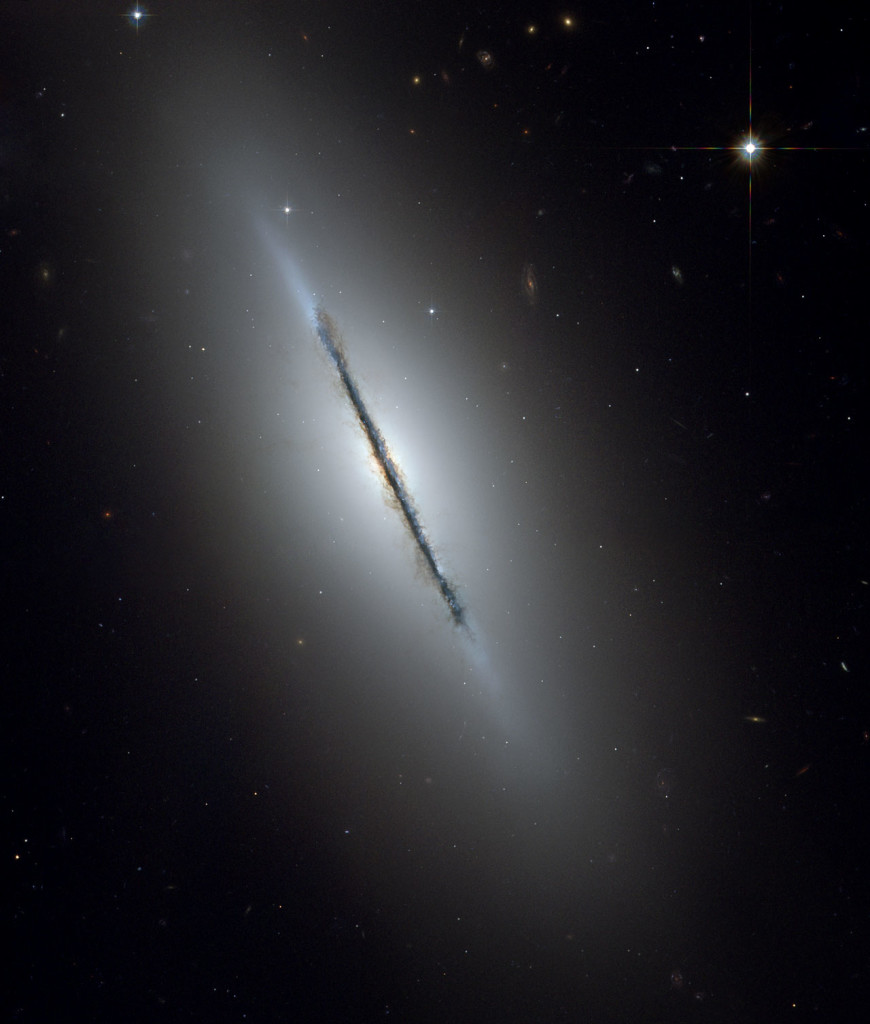
This is a unique NASA/ESA Hubble Space Telescope view of the disk galaxy NGC 5866 tilted nearly edge-on to our line-of-sight.
Hubble’s sharp vision reveals a crisp dust lane dividing the galaxy into two halves. The image highlights the galaxy’s structure: a subtle, reddish bulge surrounding a bright nucleus, a blue disk of stars running parallel to the dust lane, and a transparent outer halo.
Extreme star cluster bursts into life in new Hubble image
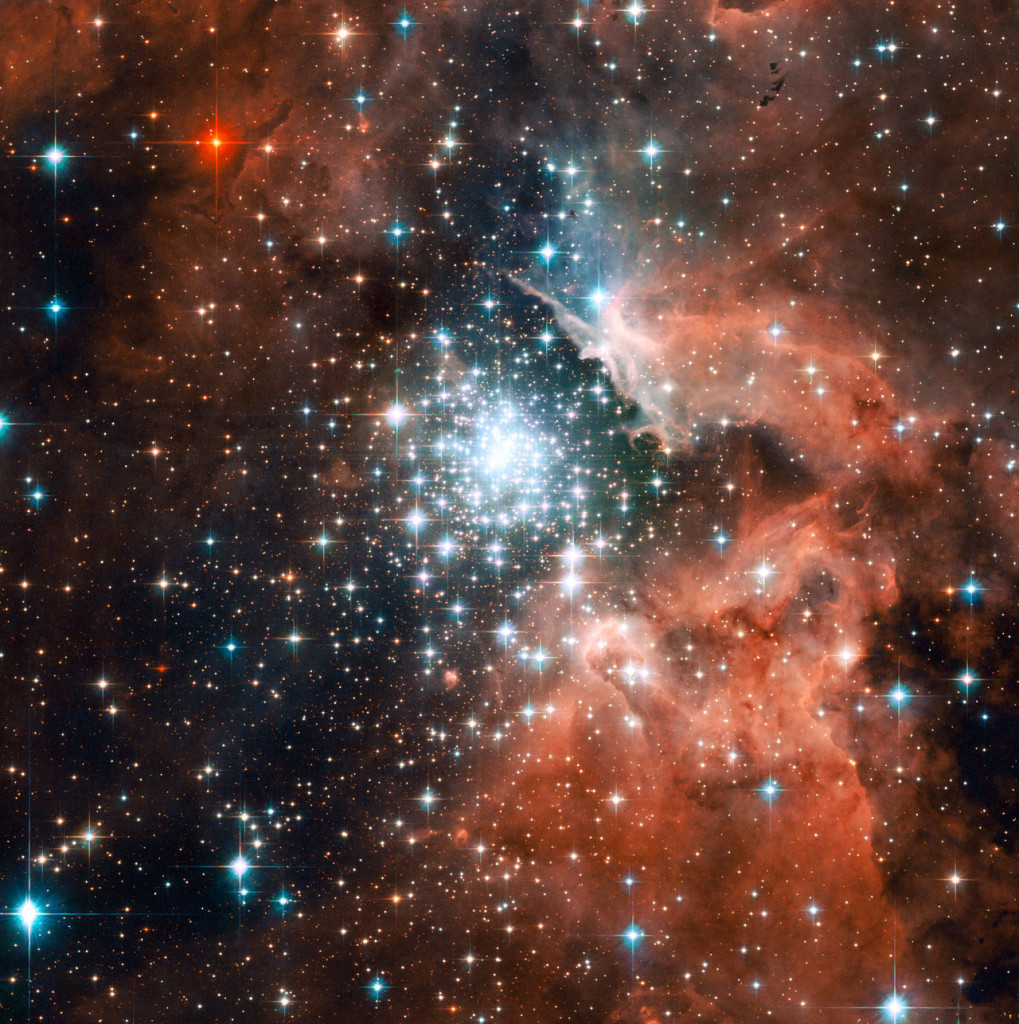
The star-forming region NGC 3603 – seen here in the latest Hubble Space Telescope image – contains one of the most impressive massive young star clusters in the Milky Way. Bathed in gas and dust the cluster formed in a huge rush of star formation thought to have occurred around a million years ago. The hot blue stars at the core are responsible for carving out a huge cavity in the gas seen to the right of the star cluster in NGC 3603’s centre.
Hubble sees galaxies galore
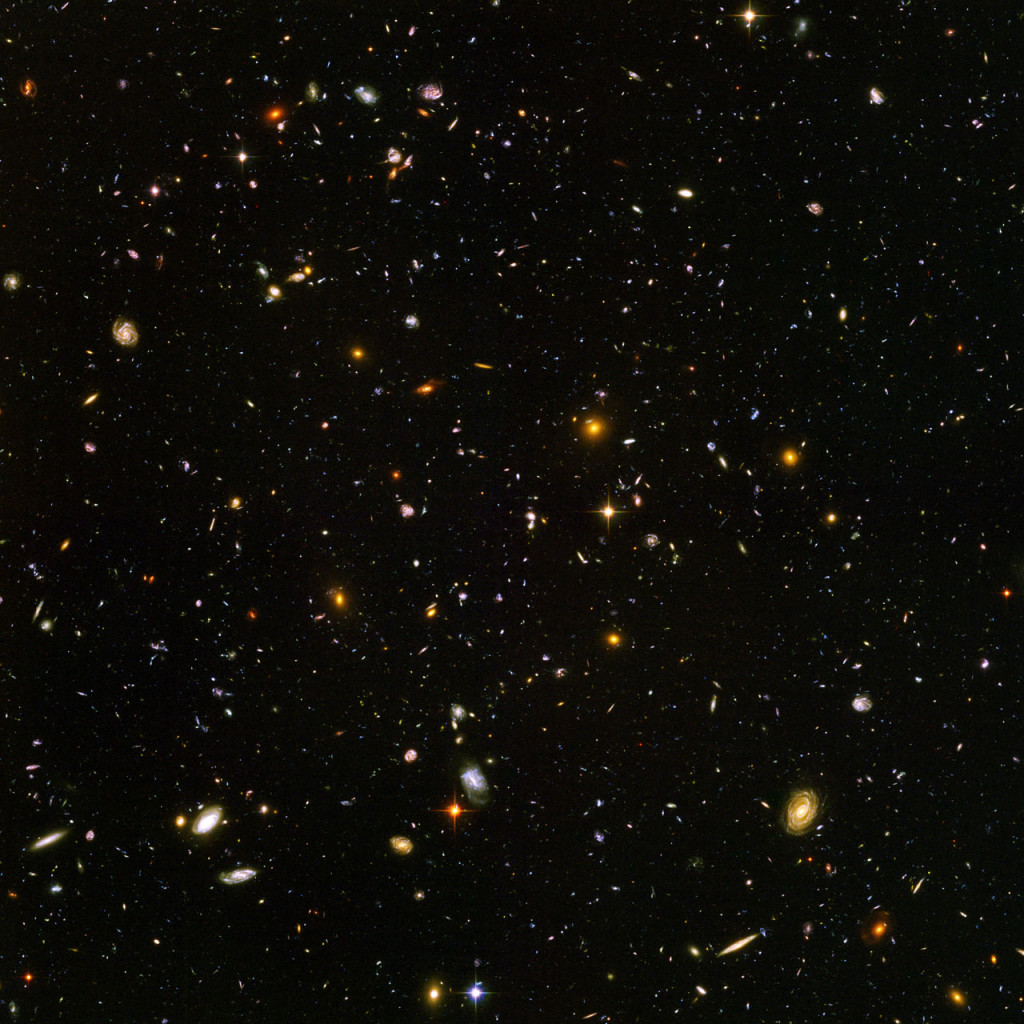
Galaxies, galaxies everywhere – as far as the NASA/ESA Hubble Space Telescope can see. This view of nearly 10,000 galaxies is the deepest visible-light image of the cosmos. Called the Hubble Ultra Deep Field, this galaxy-studded view represents a “deep” core sample of the universe, cutting across billions of light-years.
The snapshot includes galaxies of various ages, sizes, shapes, and colours. The smallest, reddest galaxies, about 100, may be among the most distant known, existing when the universe was just 800 million years old. The nearest galaxies – the larger, brighter, well-defined spirals and ellipticals – thrived about 1 billion years ago, when the cosmos was 13 billion years old.
True color Image of Impact Zones D and G
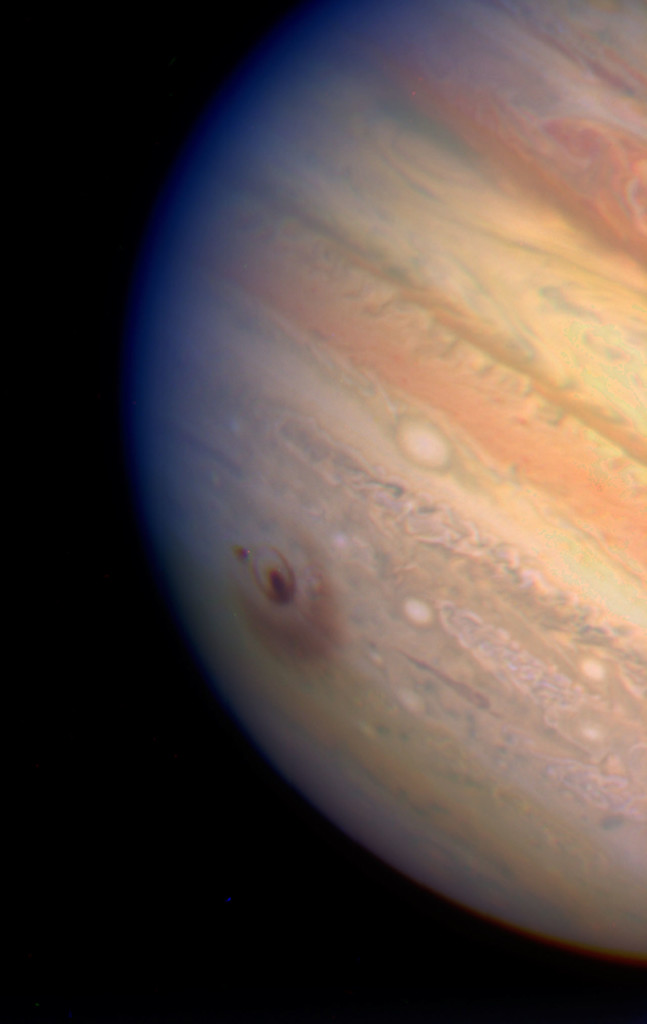
This true colour image of the giant planet Jupiter, by NASA and ESA‘s Hubble Space Telescope, reveals the impact sites of fragments ‘D’ and ‘G’ from Comet Shoemaker-Levy 9.
Jupiter and its shrunken Great Red Spot
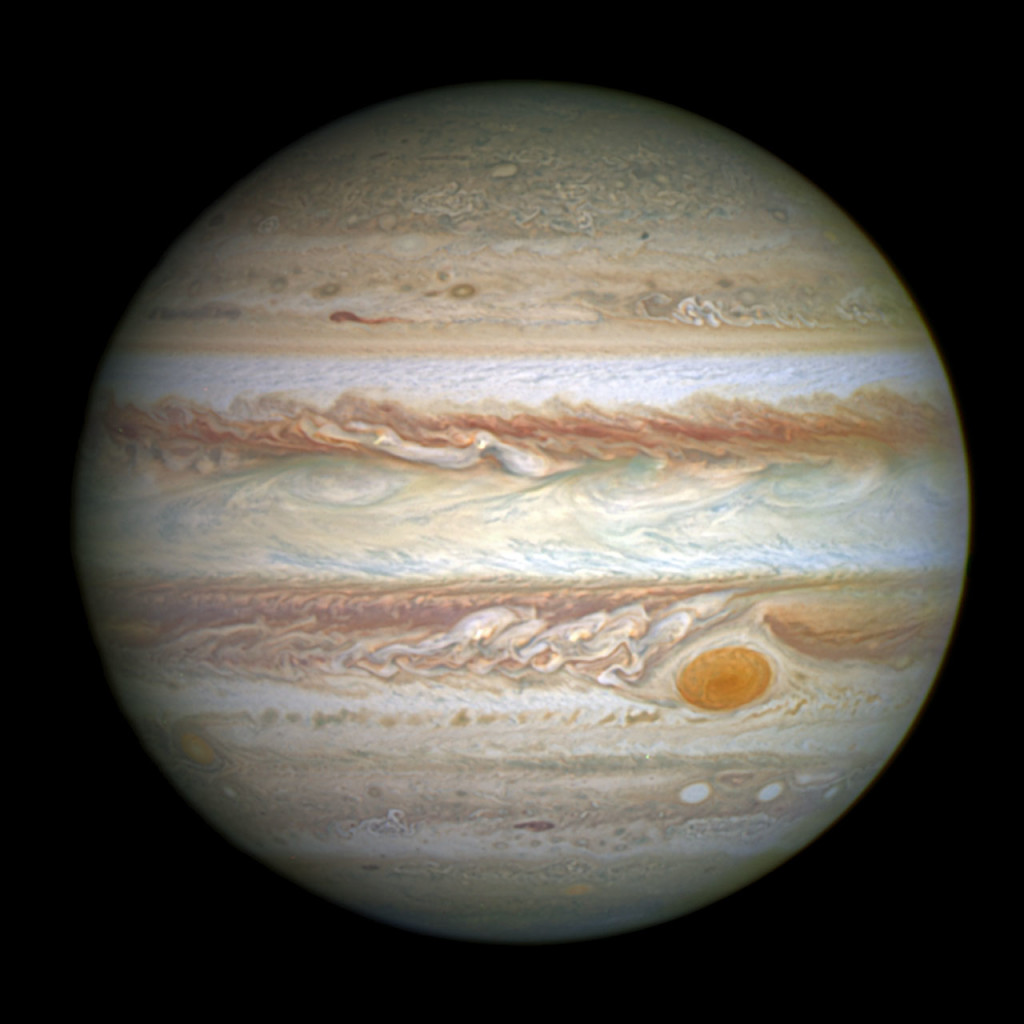
This full-disc image of Jupiter was taken on 21 April 2014 with Hubble’s Wide Field Camera 3 (WFC3).
All that glitters
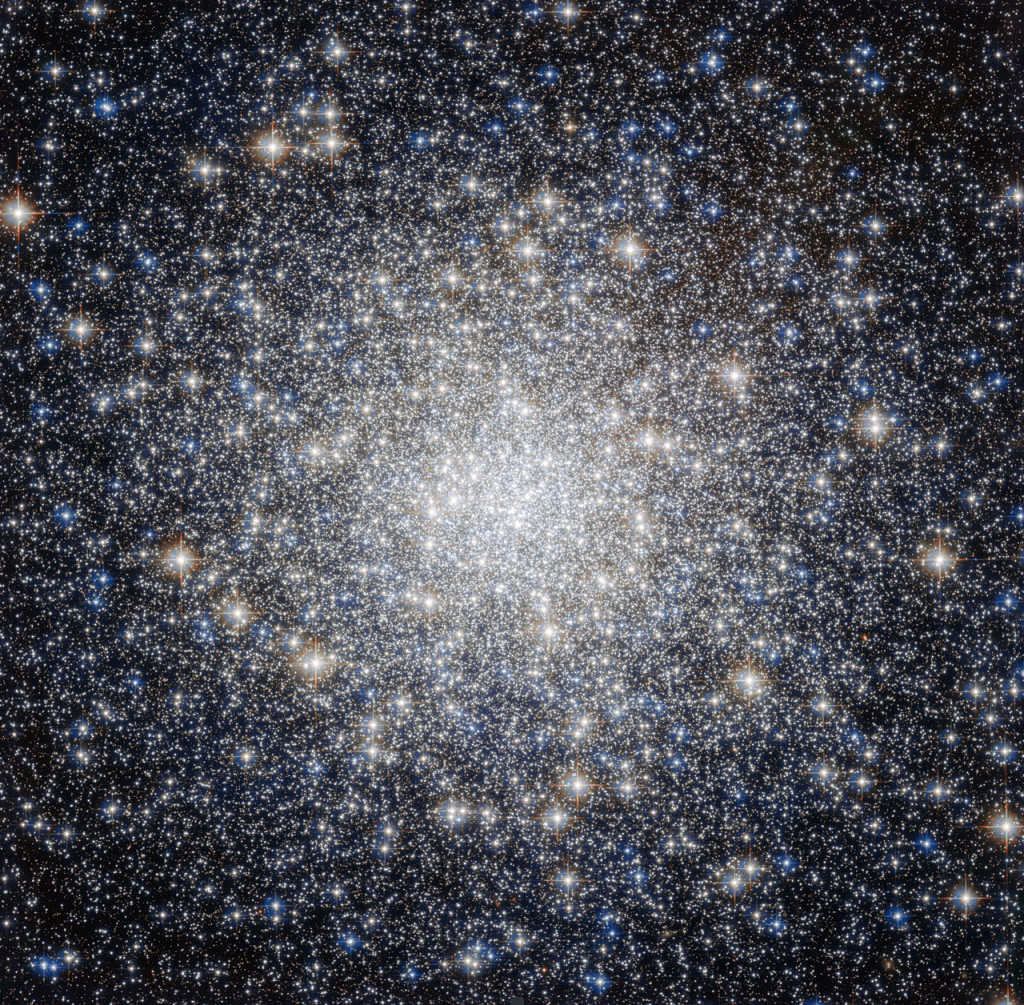
This striking new NASA/ESA Hubble Space Telescope image shows a glittering bauble named Messier 92. Located in the northern constellation of Hercules, thisglobular cluster — a ball of stars that orbits a galactic core like a satellite — was first discovered by astronomer Johann Elert Bode in 1777.
Messier 92 is one of the brightest globular clusters in the Milky Way, and is visible to the naked eye under good observing conditions. It is very tightly packed with stars, containing some 330 000 stars in total. As is characteristic of globular clusters, the predominant elements within Messier 92 are hydrogen and helium, with only traces of others. It is actually what is known as an Oosterhoff type II (OoII) globular cluster, meaning that it belongs to a group of metal-poor clusters — to astronomers, metals are all elements heavier than hydrogen and helium.
R Sculptoris and its hidden companion
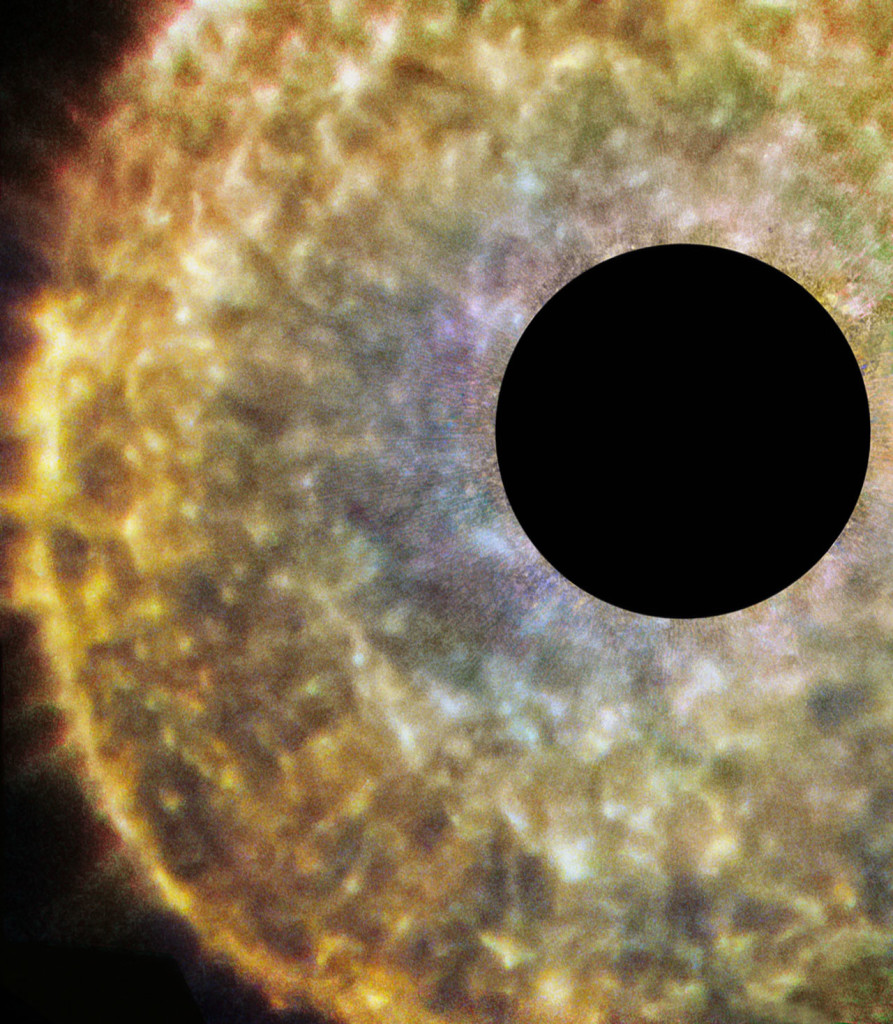
This new NASA/ESA Hubble Space Telescope image shows a star known as R Sculptoris, a red giant located 1500 light-years from Earth in the constellation of Sculptor. Recent observations have shown that the material surrounding R Sculptoris actually forms a spiral structure — a phenomenon probably caused by a hidden companion star orbiting the star. Systems with multiple stars often lead to unusual or unexpected morphologies, as seen, for example, in the wide range of strikingplanetary nebulae that Hubble has imaged.
The black region at the centre of the image has been artificially masked.
Saturn In Natural Colors
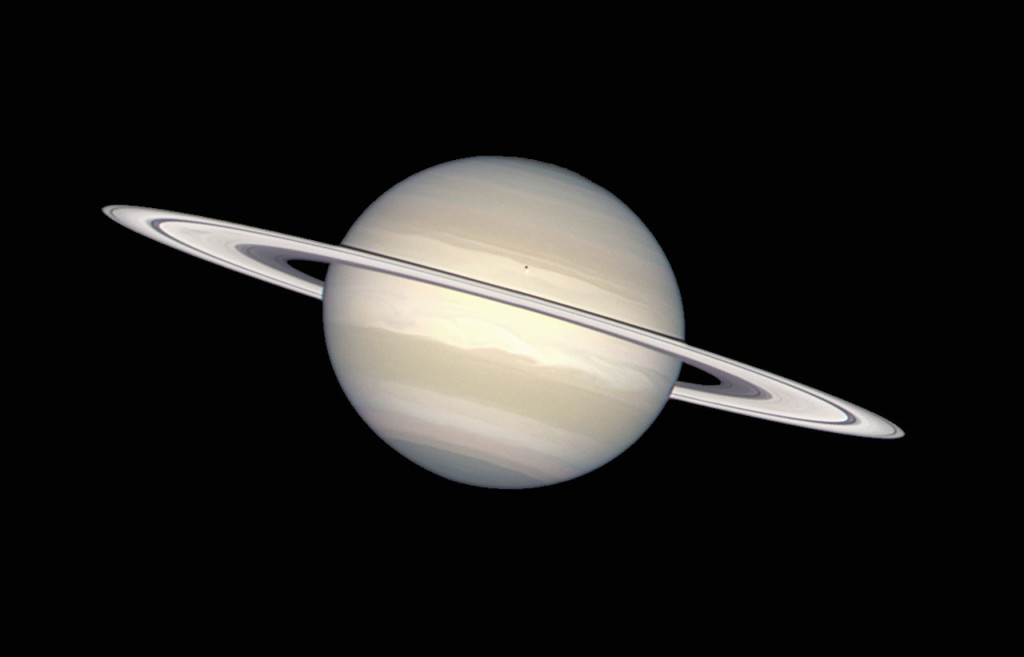
The ring swirling around Saturn consists of chunks of ice and dust. Saturn itself is made of ammonia ice and methane gas. The little dark spot on Saturn is the shadow from Saturn’s moon Enceladus.
The NASA/ESA Hubble Space Telescope has provided images of Saturn in many colors, from black-and-white, to orange, to blue, green, and red. But in this picture, image processing specialists have worked to provide a crisp, extremely accurate view of Saturn, which highlights the planet’s pastel colors. Bands of subtle colour – yellows, browns, grays – distinguish differences in the clouds over Saturn, the second largest planet in the solar system.
The Eagle has risen: Stellar spire in the Eagle Nebula
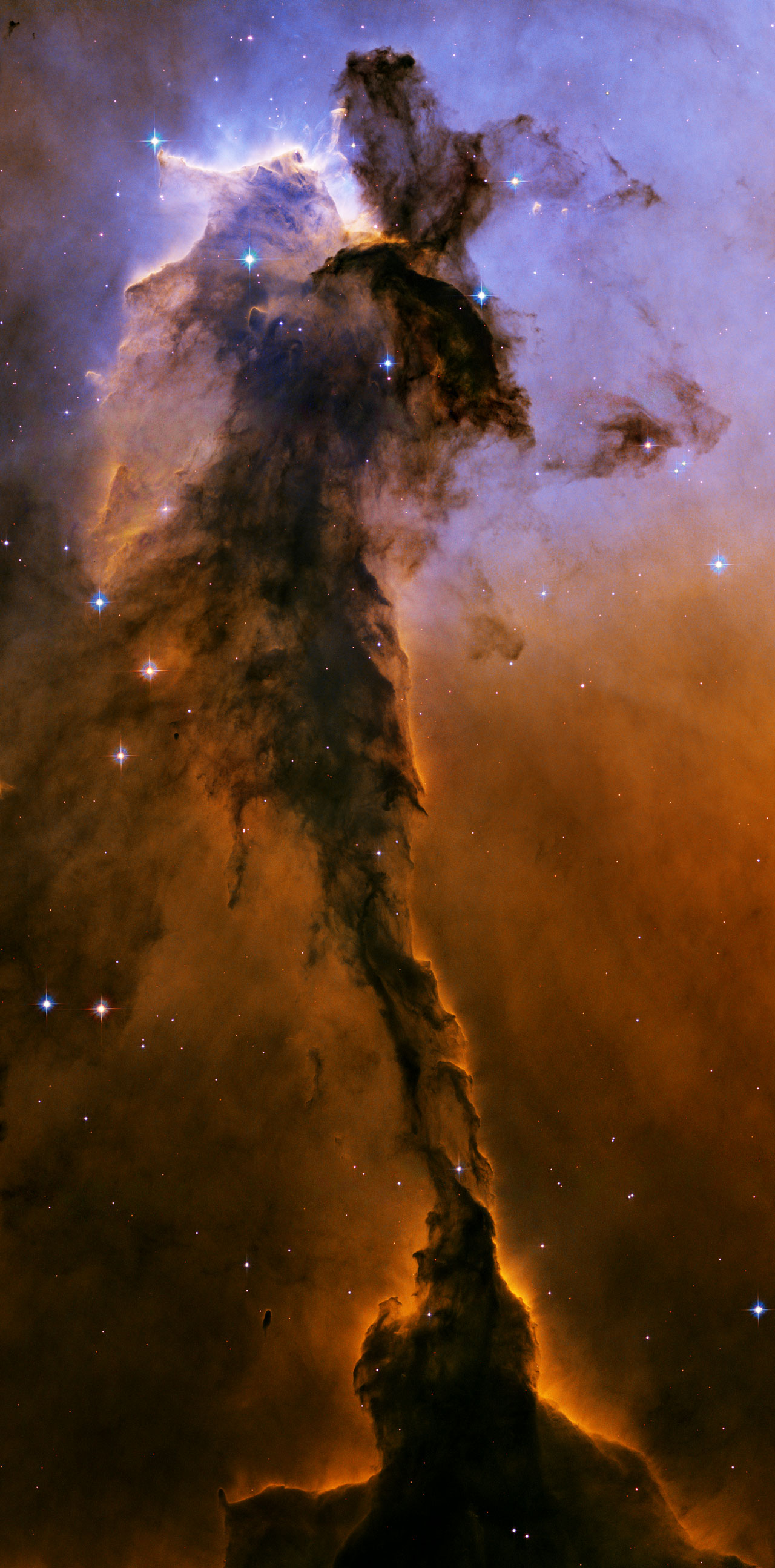
Appearing like a winged fairy-tale creature poised on a pedestal, this object is actually a billowing tower of cold gas and dust rising from a stellar nursery called the Eagle Nebula. The soaring tower is 9.5 light-years or about 90 trillion kilometres high, about twice the distance from our Sun to the next nearest star.
Most detailed image of the Crab Nebula
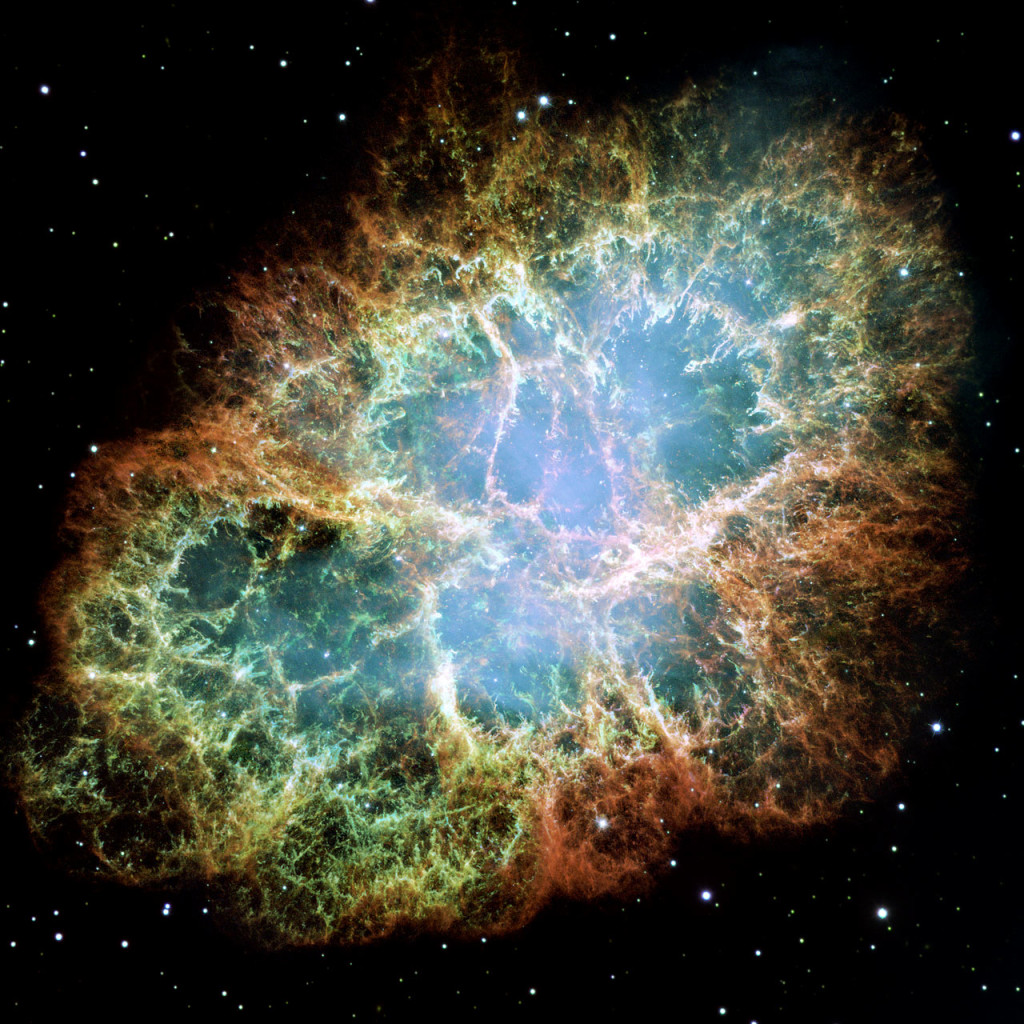
This new Hubble image – One among the largest ever produced with the Earth-orbiting observatory – shows gives the most detailed view so far of the entire Crab Nebula ever made. The Crab is arguably the single most interesting object, as well as one of the most studied, in all of astronomy. The image is the largest image ever taken with Hubble’s WFPC2 workhorse camera.
The Crab Nebula is one of the most intricately structured and highly dynamical objects ever observed. The new Hubble image of the Crab was assembled from 24 individual exposures taken with the NASA/ESA Hubble Space Telescope and is the highest resolution image of the entire Crab Nebula ever made.
Asteroids Dashing Past A Dying Star
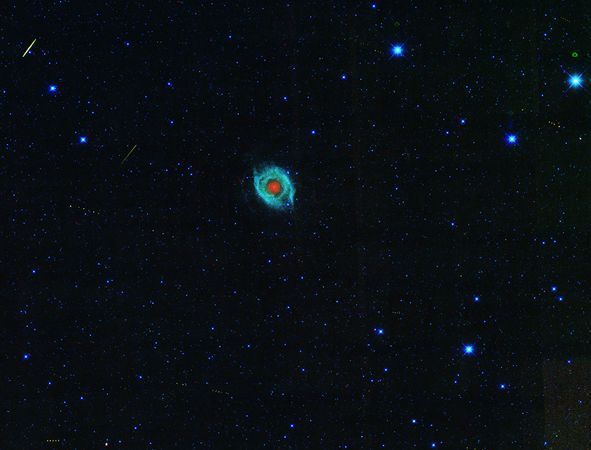
NASA’s WISE spacecraft took this striking shot of asteroids zooming past a dying star. As the heated gas and dust get sloughed away from the star, it creates the beautiful blue appearance.
Fireworks Galaxy
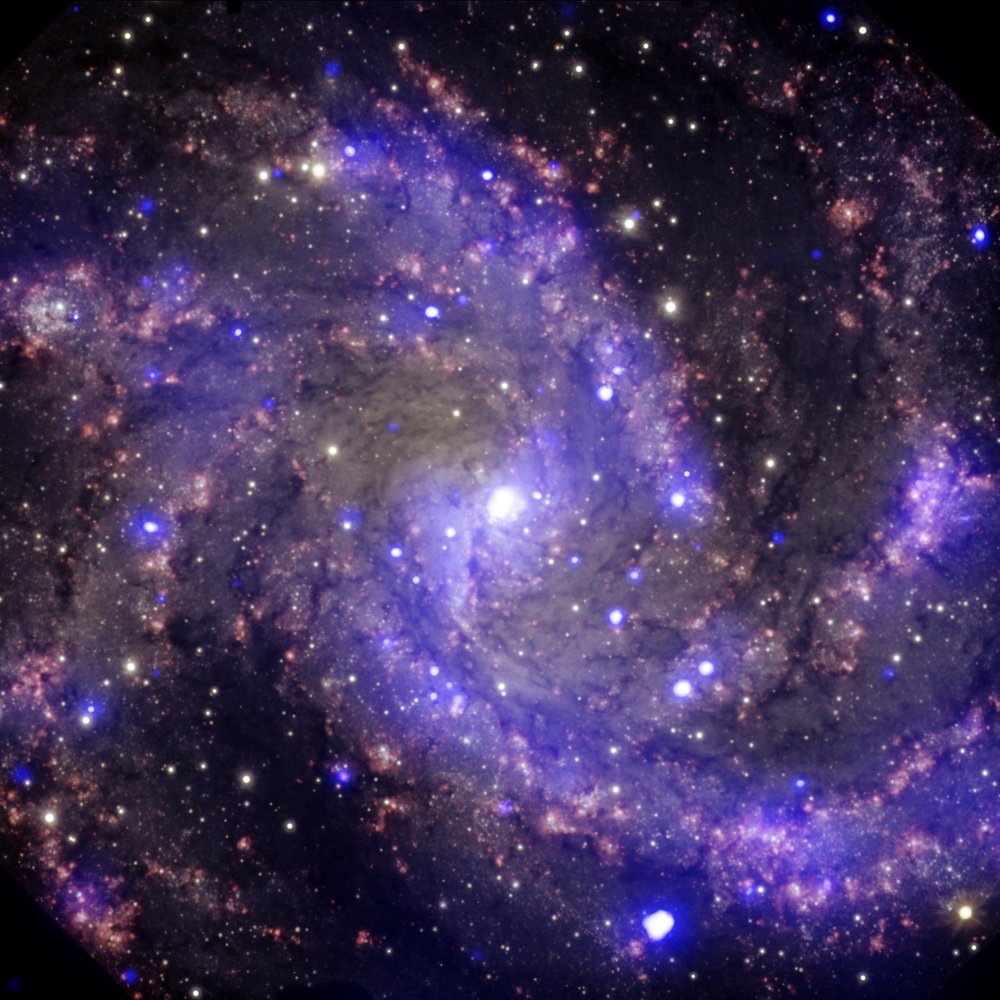
This image, shot by the Hubble Space Telescope, shows the iconic supernova remnant first observed by Chinese astronomers 960 years ago.
Horsehead Nebula
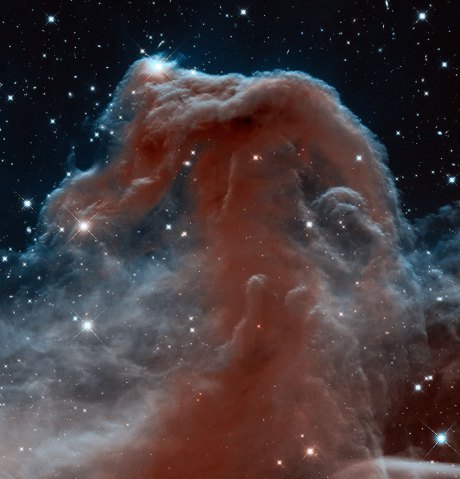
The Hubble Space Telescope took this breathtaking shot of the iconic Horsehead Nebula.
Sun’s Canyon Of Fire
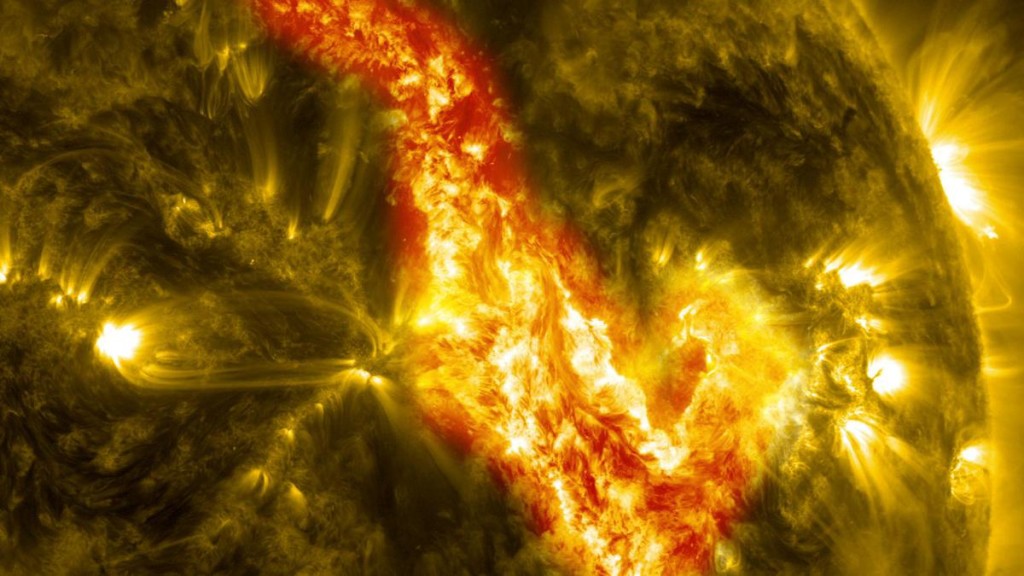
A 200,000-mile magnetic filament of solar material erupts on the sun. This event, which took place in September, ripped through the sun’s atmosphere and left behind what looks like a “canyon of fire.”
Source : Space Telescope , Huff Post

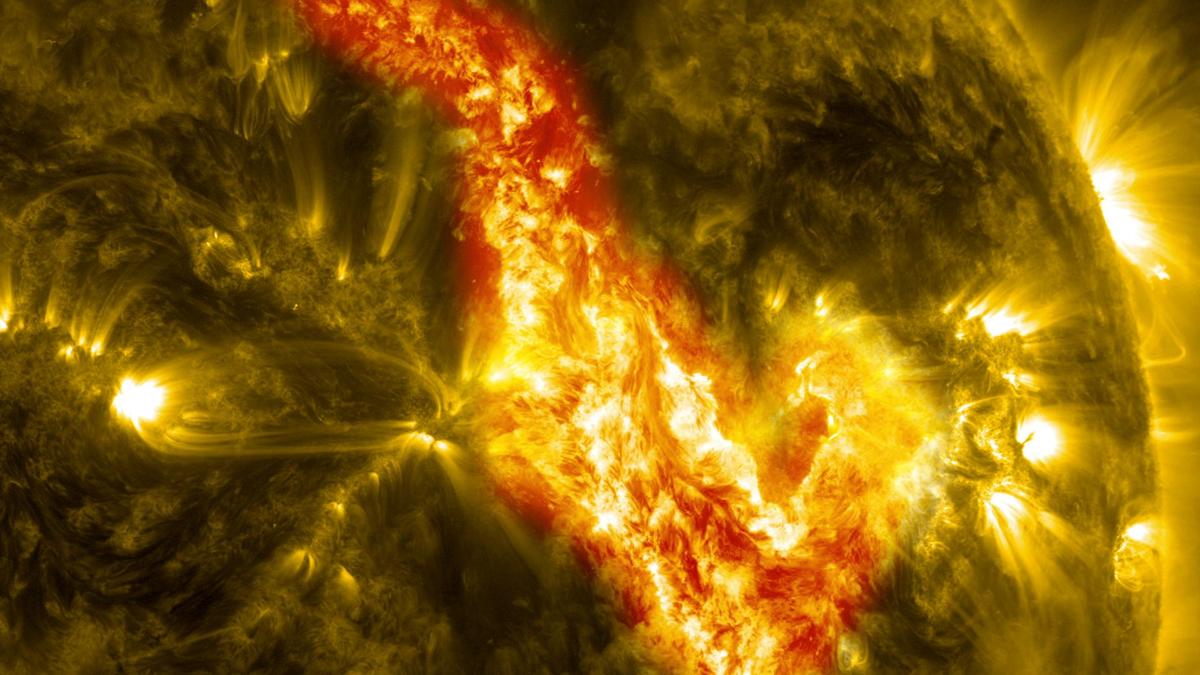
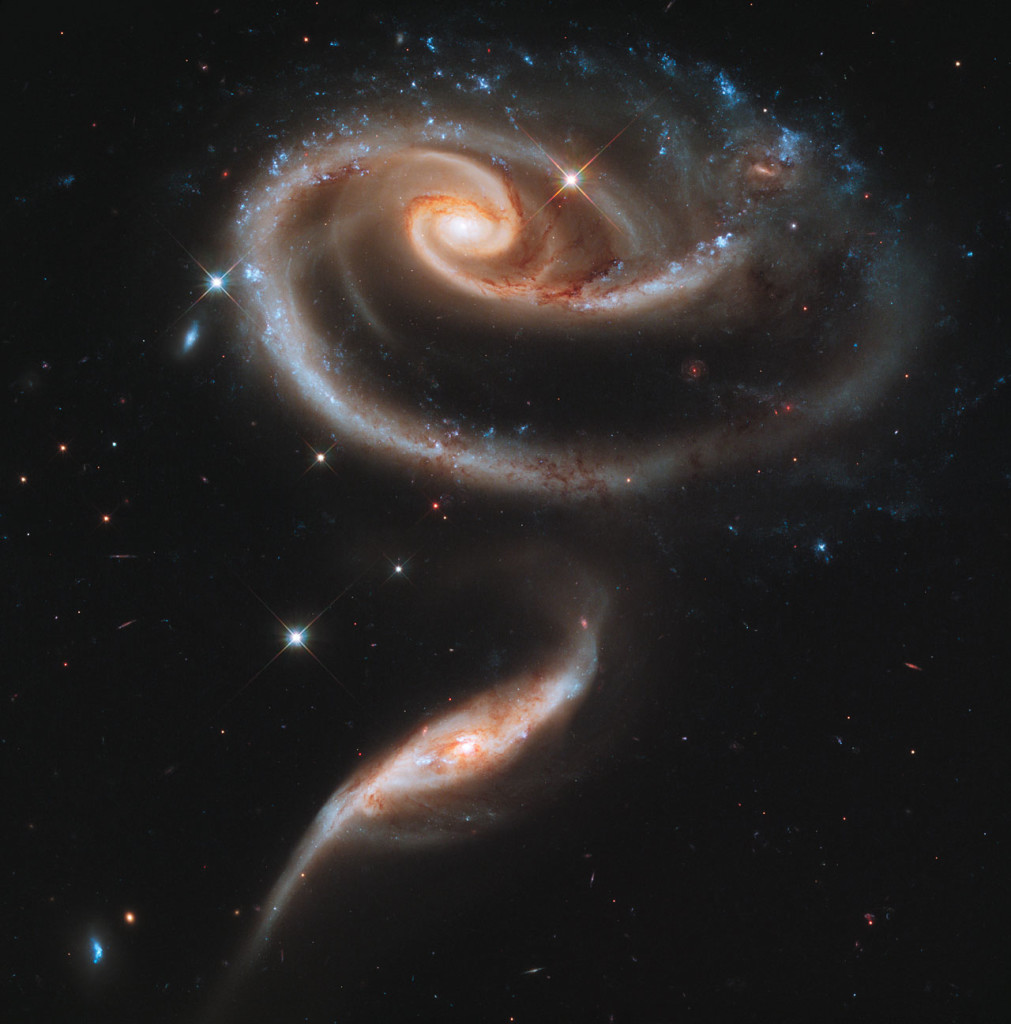








Thank You Lord Jesus. Your creation is beautiful.